First up is a project from the fall of 2017. I crated a plan for the client and they installed some 1,500 plants. The soil was a mix of clay and loess (loam, silt, clay). Below are images from the summer of 2018 and early June 2019.
The next project is also from 2017 and installed both by the client and myself in early summer (we used forb plugs and sowed in a bunchgrass, sideoats grama). The lawn was removed with a sodcutter and the soil was very intense clay -- not a surprise as lawn isn't the best soil ammender due to shallow roots. Once the sod was removed, however, a plethora of weed seeds where exposed and I felt like the garden was a goner in 2018 when the client sent images for advice (crab grass galore, among others). But they were incredibly diligent pulling some weeds and ensuring others never set seed, and in early June of 2019 the front yard looked like this and just about to bloom:

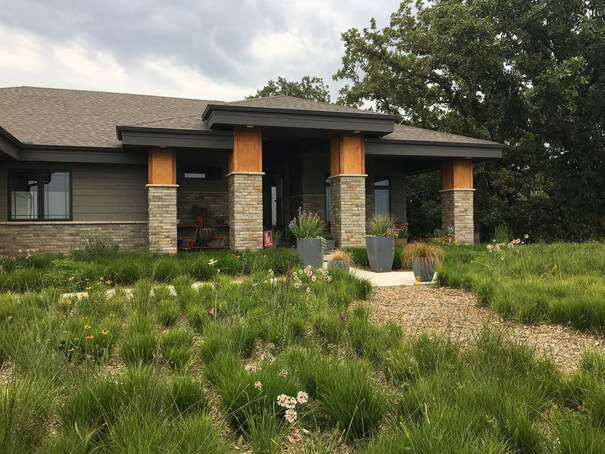
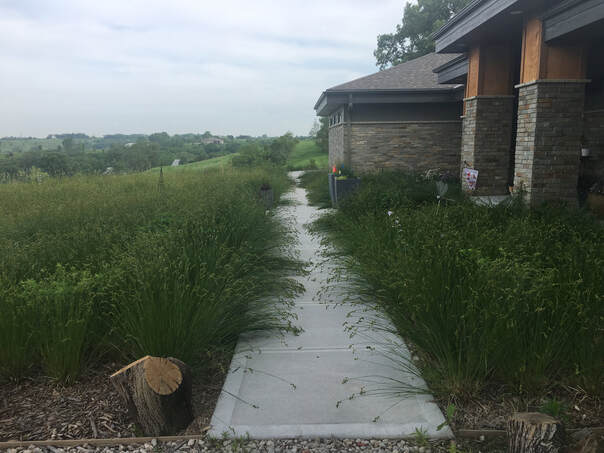
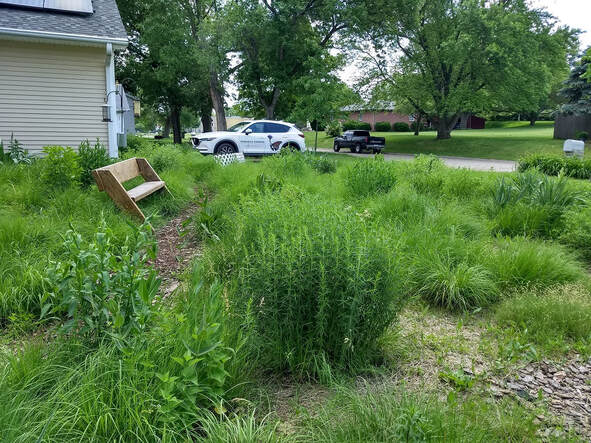
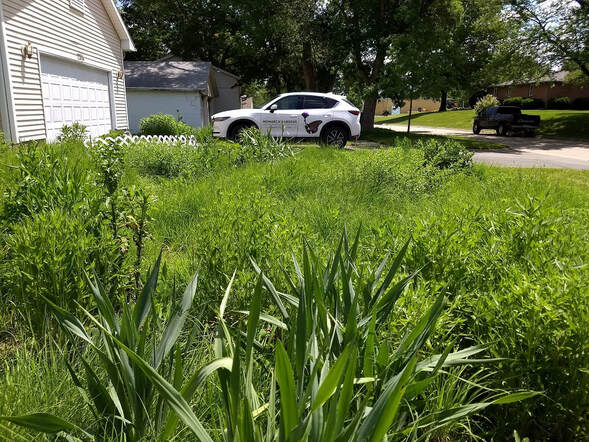
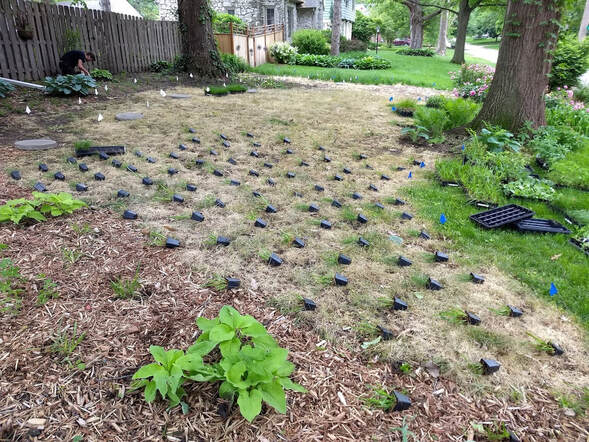
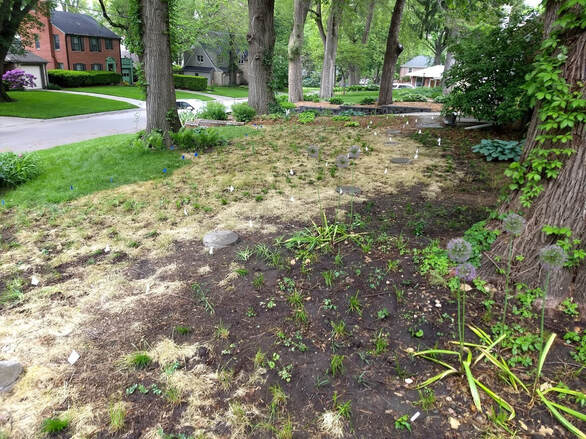
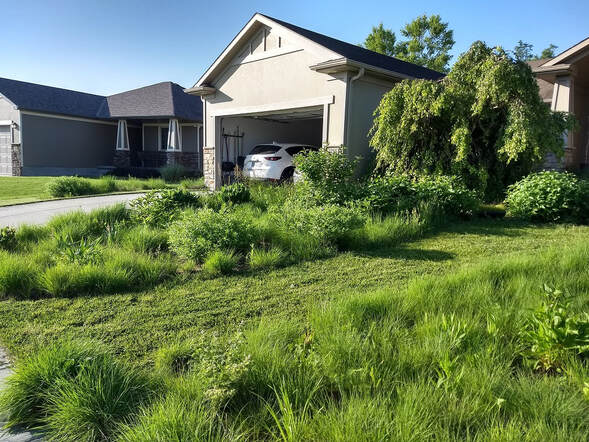
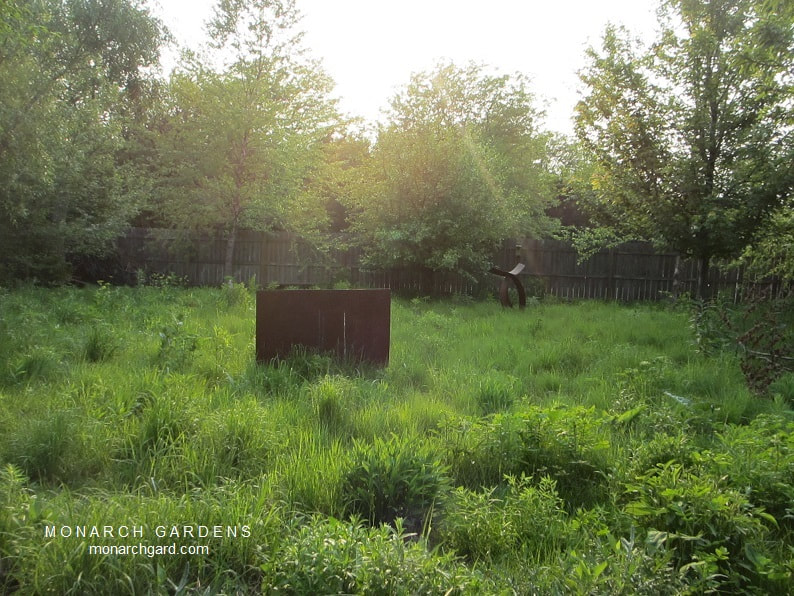

 RSS Feed
RSS Feed

